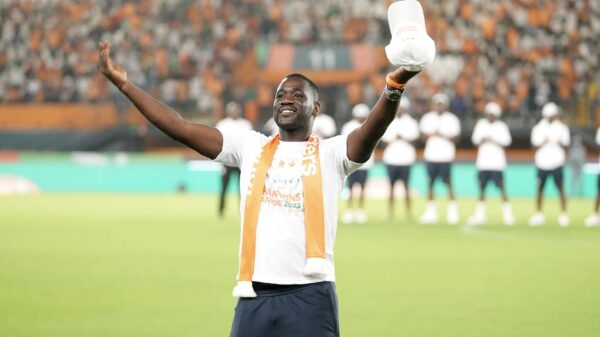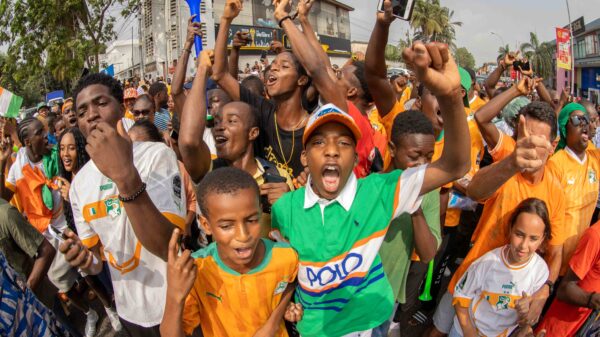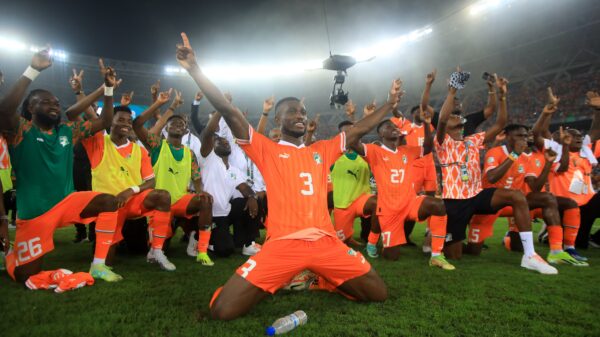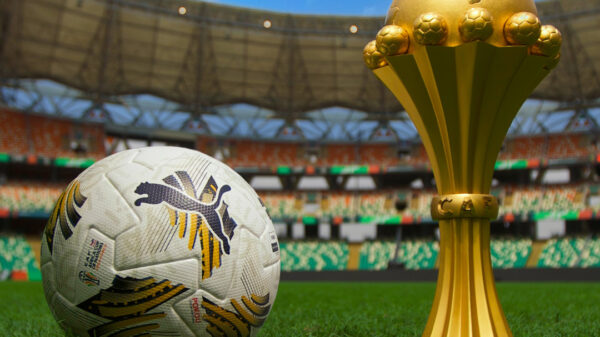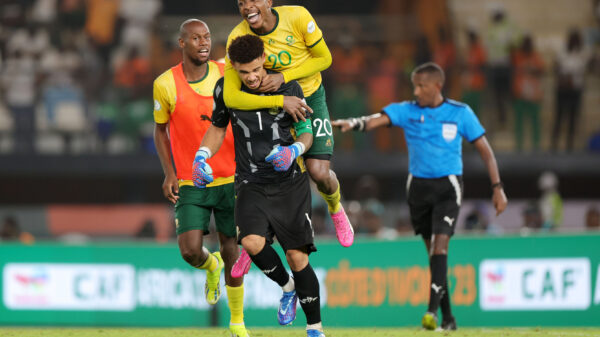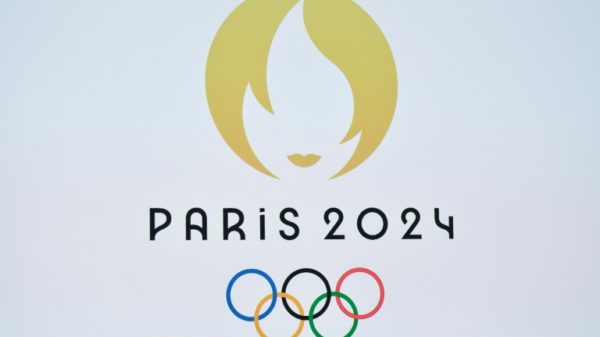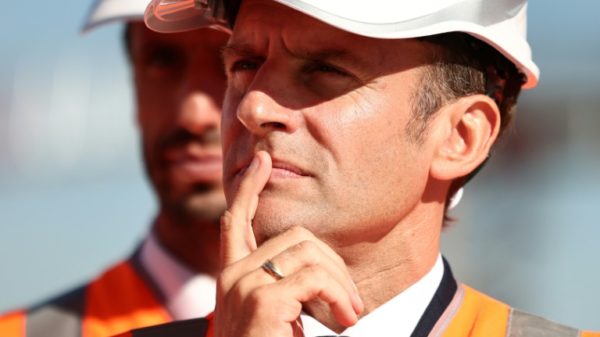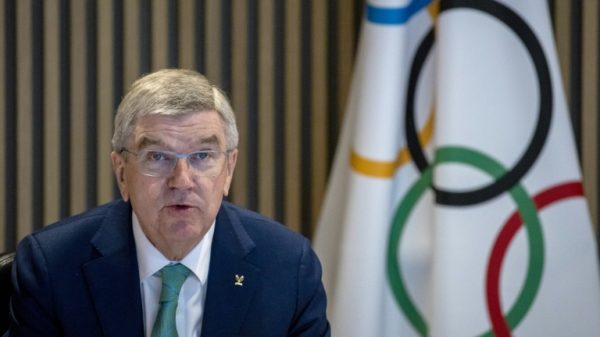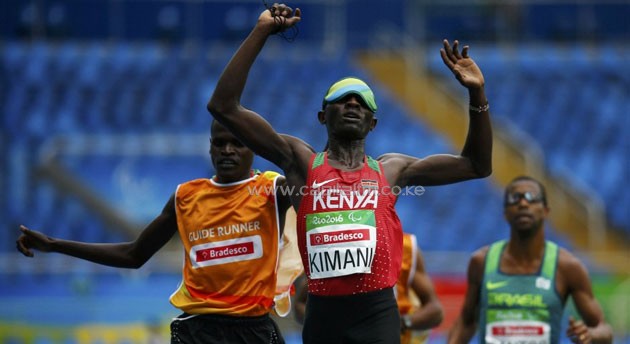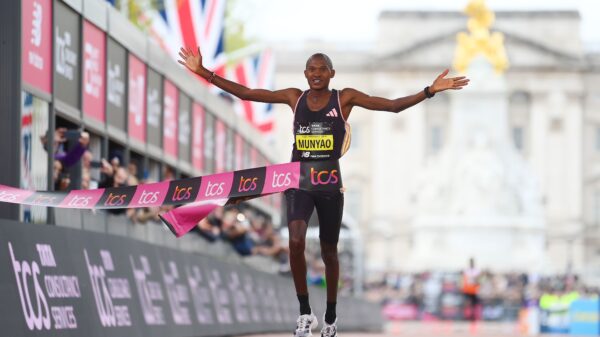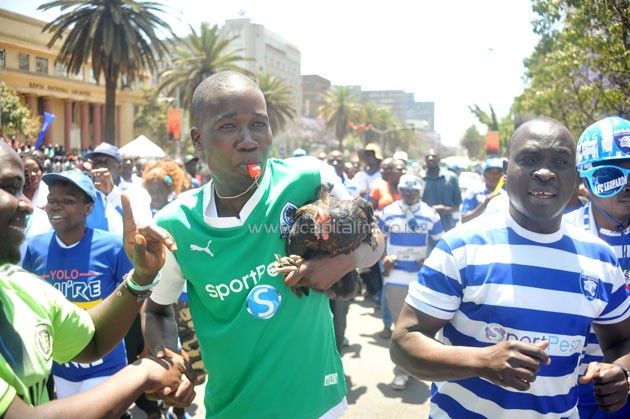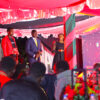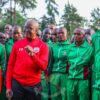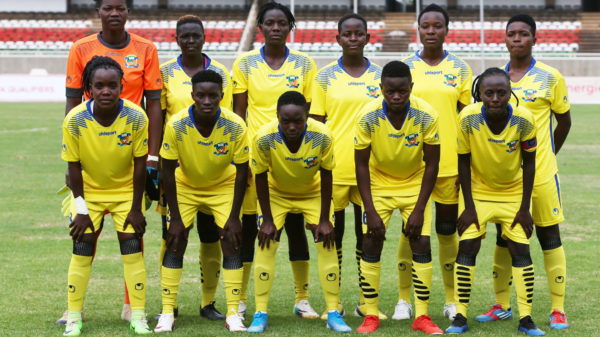
Ali will go down in history as one of sport’s greatest ever athletes – perhaps even the best ever given his huge popularity.
MANILA, Philippines, June 6- A bustling shopping mall forms an unlikely monument to the “Thrilla in Manila”, but Muhammad Ali’s most brutal fight made its biggest impression on the minds of those who witnessed it and still speak of it with awe.
The late Ali’s third and final meeting with Joe Frazier, in 1975, only went to Manila because Philippines dictator Ferdinand Marcos was hoping to gain popularity and prestige, three years after declaring martial law.
But after Ali’s glamorous hob-nobbing with Marcos and his beauty-queen wife, Imelda, the fight at a stifling Araneta Coliseum was a fearsome collision of the two heavyweights — and sometimes described as the best boxing match ever seen.
“It was like death. Closest thing to dyin’ that I know of,” said Ali, who was handed victory when Frazier, blinded by swelling around his eyes, failed to emerge for the 15th and final round.
Forty-one years later, the Araneta Coliseum is still doing brisk business, hosting mixed martial arts bouts and concerts by the likes of Kenny Rogers and Engelbert Humperdinck.
The stadium’s canny owner, Jorge Araneta, cashed in further when he asked Ali at the post-fight dinner if he could name a new shopping mall after him. Ali was so flattered he agreed without asking for payment.
The result was the ‘Ali Mall’, the Philippines’ first major shopping centre which was built close to the fight venue — turning a patch of suburban Manila into a far-flung shrine to ‘The Greatest’, who died on Friday after a long battle with Parkinson’s disease.
Later generations of Filipino boxers, including eight-division world champion Manny Pacquiao, grew up venerating Ali and especially the ‘Thrilla’, which briefly put an impoverished, Southeast Asian dictatorship in the centre of the world’s view.
– ‘Blood spattered far and wide’ –
Frazier had won their first fight in 1971 before Ali avenged the loss three years later. By the time they met in Manila, the ill-feeling between them was raw, stoked by some incendiary comments from the ‘Louisville Lip’.
“It will be a killa and a chilla and a thrilla when I get the gorilla in Manila,” taunted Ali, giving the fight its iconic nickname.
The fight was held on October 1, 1975 at nearly midday in the tropical country, and with a 25,000-plus crowd and TV lights, the venue’s air conditioning was overwhelmed.
“It was really debilitating. Really humid,” said Lito Tacujan, sports editor of Philippine Star newspaper, recalling the sweltering conditions.
Frazier advanced remorselessly, laying into Ali who mainly tried to keep his distance but absorbed blow after blow before emerging periodically with flurries of combinations.
“I don’t like him but I got to say, in the ring he was a man,” Frazier later said of Ali. “In Manila, I hit him punches, those punches, they’d have knocked a building down.”
In testament to the violence inside the ring, Imelda Marcos’s clothes were spattered with blood, according to one account, and journalists were unable to take notes because their table shook so much from the blows.
“It was literally very bloody,” Marcos was quoted as telling a confidante, Sol Vanzi. “Their punches were so powerful that blood splattered far and wide, staining spectators’ clothes, including mine.”
Tacujan told AFP: “We couldn’t write any notes because the table was shaking from the exchanges inside of the ring.
“It was that brutal. They were at each other from round one.”
– Decline and fall –
Although Ali won, the punishing bout was to prove a turning point for the ageing champion, then 33, as he moved into a phase of steady decline until his eventual retirement in 1981.
“God blessed me that day. He’s blessed me many times, and that fight in Manila was one of them,” Ali said. “It was like I took myself as far as I could go, and God took me the rest of the way.”
The fight was a triumph for President Marcos, who was able to claim a public relations victory. He was eventually topped in the ‘People Power’ protests of 1986.
“It helped project the Philippines internationally at a time when we were being criticised by the western press because of martial rule,” said sportscaster Ronnie Nathanielsz, who acted as Ali’s government liaison.
“It projected a positive image for the Philippines and it was one of the biggest gains of the Marcos regime at the time,” he added.
Joey Romasanta, vice-president of the Philippine Olympic Committee, said that despite the abuses of martial law, “momentarily, we were grateful to President Marcos for bringing (the fight) over.”
“The ‘Thrilla in Manila’ united them (Filipinos) and momentarily made them forget their problems,” he said.
Tacujan also recalls that during the match, acclaimed boxing journalist Ed Schuyler told him: “You should be proud this fight happened here. Twenty-five years from now, they’ll be talking about this fight in Manila.”
“It’s been 40 years, and they are still talking about this fight,” said Tacujan






